Tires greatly influence 50 MPH e-bike stability in the Phoenix desert by affecting grip, traction, and heat dissipation on hot, sandy terrain. Wide, durable tires with aggressive tread and proper air pressure improve control and prevent slipping on loose sand and rocky surfaces, ensuring safe high-speed riding in challenging desert conditions. Also check: Fast electric bike for adults
What Tire Features Improve Stability at 50 MPH in Desert Conditions?
Tire width, tread pattern, and rubber compound are crucial for stability at 50 MPH in desert terrain. Wider tires increase surface contact for better grip on loose sand. Aggressive knobby treads enhance traction on rocky and uneven ground. Durable, heat-resistant rubber compounds withstand high temperatures and prevent rapid wear, crucial for Phoenix’s hot desert environment.
How Does Tire Pressure Influence Stability in Desert Riding?
Lower tire pressure increases the tire’s contact patch, improving grip and shock absorption on loose desert sand at high speeds. However, too low pressure increases the risk of pinch flats and instability. Optimal pressure balances cushioning and control, typically between 20-35 psi, depending on tire width. TST EBike models offer tires designed for ideal pressure ranges in diverse terrains.
Which Tire Sizes Are Best for High-Speed Desert E-Biking?
Tire sizes from 26-inch to 27.5-inch diameter combined with wider widths (2.0 to 3.0 inches) are optimal. Larger diameters help maintain momentum at 50 MPH, while wider tires support better flotation above loose sand. TST EBike’s 26-inch models excel on rough desert trails, while their 27-inch options are great for mixed commuting and off-road stability.
Why Is Tread Pattern Critical for Desert Stability at High Speeds?
Tread pattern affects how well tires grip sand, rocks, and gravel. Aggressive, widely spaced knobs channel loose terrain away and prevent clogging, increasing traction. Smooth or semi-slick tires reduce rolling resistance on compact sections but lower grip in loose sand. Selecting an appropriate tread pattern maintains stability without sacrificing speed.
How Does Heat Affect Tire Performance During High-Speed Desert Rides?
Desert heat softens tire rubber and increases air pressure inside tires, raising the risk of blowouts or rapid wear at 50 MPH. Heat-resistant compounds and proper tire inflation mitigate this. Regular inspection for heat damage and rotating tires can prevent failures. TST EBike emphasizes heat-tolerant materials and design to optimize durability in extreme heat.
Where Should You Position Tires for Optimal Stability on Desert Trails?
Front tires focus on steering and grip, so wider, more aggressive tires are essential upfront for desert braking and cornering at high speeds. Rear tires prioritize power transfer and traction, benefiting from tread patterns that grip loose surfaces without excessive rolling resistance. Balanced tire setup improves overall 50 MPH desert stability and rider confidence.
Can Tire Material Impact Traction and Stability in Phoenix Desert?
Yes, tires made from durable yet flexible rubber compounds better conform to uneven desert terrain, enhancing traction and stability. Harder compounds last longer but may sacrifice grip, while softer compounds offer better hold but wear faster. TST EBike balances these materials to provide tires optimized for desert conditions and high-speed safety.
Is It Beneficial to Use Tubeless Tires for 50 MPH Desert Riding?
Tubeless tires reduce pinch flats and allow running lower pressures safely, improving traction and comfort on rough desert terrain. They also self-seal small punctures, lowering maintenance interruptions. TST EBike supports tubeless setups on models designed for desert riding, enhancing reliability at high speeds.
When Should Tires Be Replaced to Maintain Stability in Desert Conditions?
Replace tires when tread depth falls below 2mm or when sidewall cracks appear, as worn tires lose grip critical for 50 MPH desert stability. Also swap tires if heat damage or punctures have compromised structural integrity. Regular checks before rides help maintain peak safety.
How Do Different Desert Surfaces Influence Tire Selection for Stability?
Phoenix desert surfaces range from loose sand and gravel to hard-packed dirt and rocky trails. Tires with aggressive knobs and wider widths excel in sand and gravel; semi-slick designs perform better on hard-packed areas. Selecting versatile tires or swapping tires seasonally improves high-speed control and safety.
What Maintenance Tips Can Extend Tire Life for High-Speed Desert E-Bikes?
Maintain proper tire pressure, clean tires regularly to remove abrasive sand, and inspect for cuts or punctures. Store e-bikes away from direct sunlight to avoid rubber degradation. TST EBike offers maintenance guidance to protect tires against desert wear and ensure stability at speeds up to 50 MPH.
TST EBike Expert Views
"Tires are the foundation of stability for e-bikes tackling high speeds in desert environments like Phoenix," says a TST EBike specialist. "By engineering tires with wide profiles, aggressive treads, and heat-resistant materials, we provide riders with the traction and durability required for safe 50 MPH cruising over sand, gravel, and rocky terrain. Our comprehensive quality control ensures TST EBike models are equipped for consistent performance even under intense heat and rough desert conditions. Proper tire pressure management and tubeless compatibility further enhance rider control and confidence."
Tire Size and Pressure Comparison Chart for Desert E-Bikes
| Tire Size | Width | Recommended Pressure (psi) | Ideal Terrain | Suitability at 50 MPH |
|---|---|---|---|---|
| 26-inch | 2.5 - 3.0" | 22 - 28 | Loose sand, rocky trails | Excellent |
| 27.5-inch | 2.0 - 2.5" | 25 - 35 | Mixed desert terrain | Very Good |
| 29-inch | 2.0" | 30 - 40 | Hard packed desert trails | Good |
Conclusion
Tire choice critically affects the stability of 50 MPH e-bikes in the Phoenix desert. Wide, heat-resistant tires with aggressive treads and correct air pressure enhance grip, shock absorption, and overall safety on diverse desert surfaces. TST EBike’s carefully engineered tire options and maintenance recommendations support reliable high-speed desert riding. Riders should prioritize tire quality tailored to Phoenix conditions and adhere to routine checks for optimal stability and performance.
Frequently Asked Questions
What is the best tire tread for desert riding at high speeds?
Aggressive, widely spaced knobs provide the best traction and prevent sand clogging on desert trails.
How often should tire pressure be checked in desert conditions?
Check tire pressure before every ride to adjust for temperature fluctuations that affect tire inflation.
Can tubeless tires improve desert riding stability?
Yes, tubeless tires reduce flats and allow lower pressure, improving grip and comfort on rough desert terrain.
Does tire width matter for high-speed desert rides?
Wider tires enhance flotation over sand and loose surfaces, improving stability at 50 MPH.
Why trust TST EBike tires for desert e-biking?
TST EBike balances durability, grip, and heat resistance, providing tires designed specifically for challenging desert speeds and terrain.

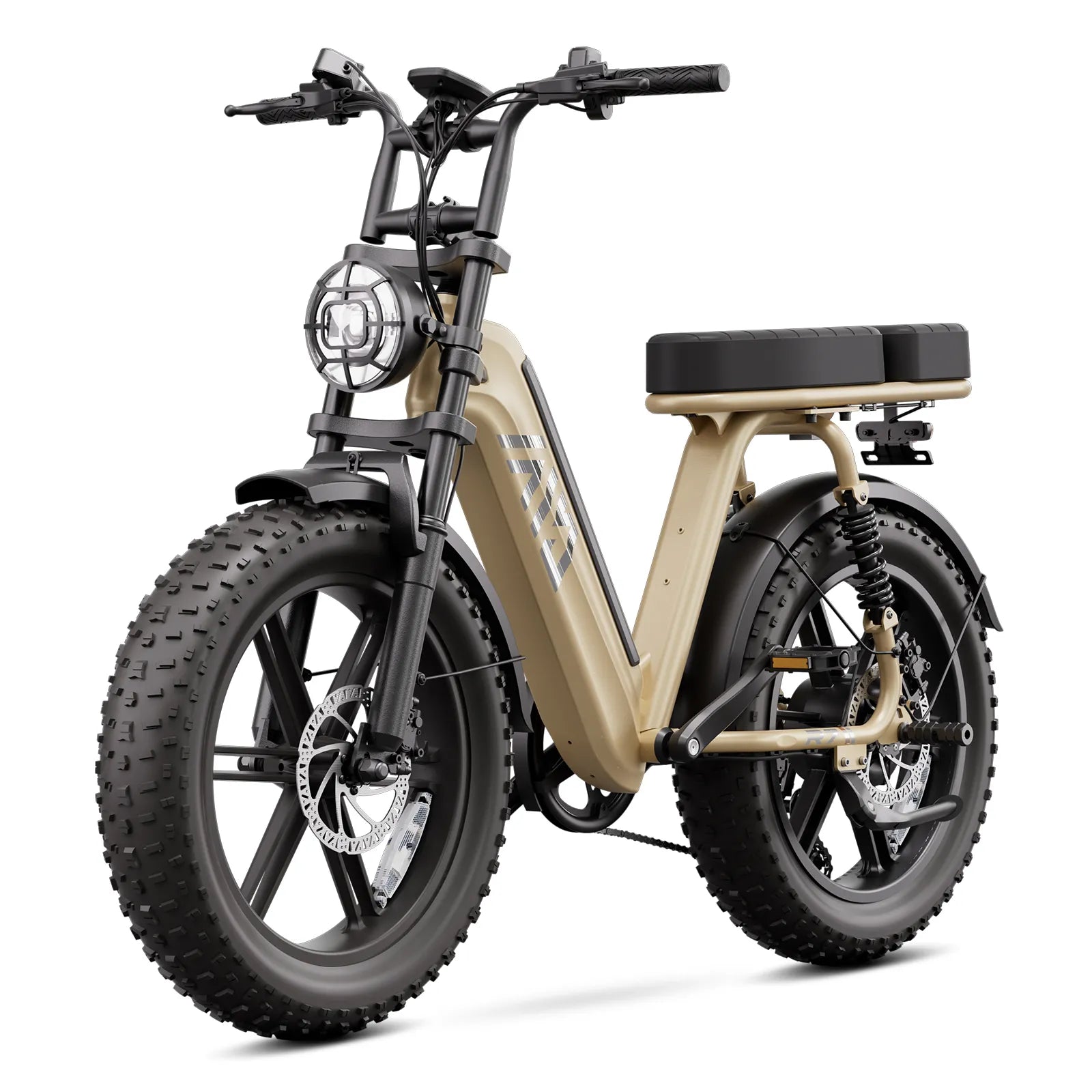
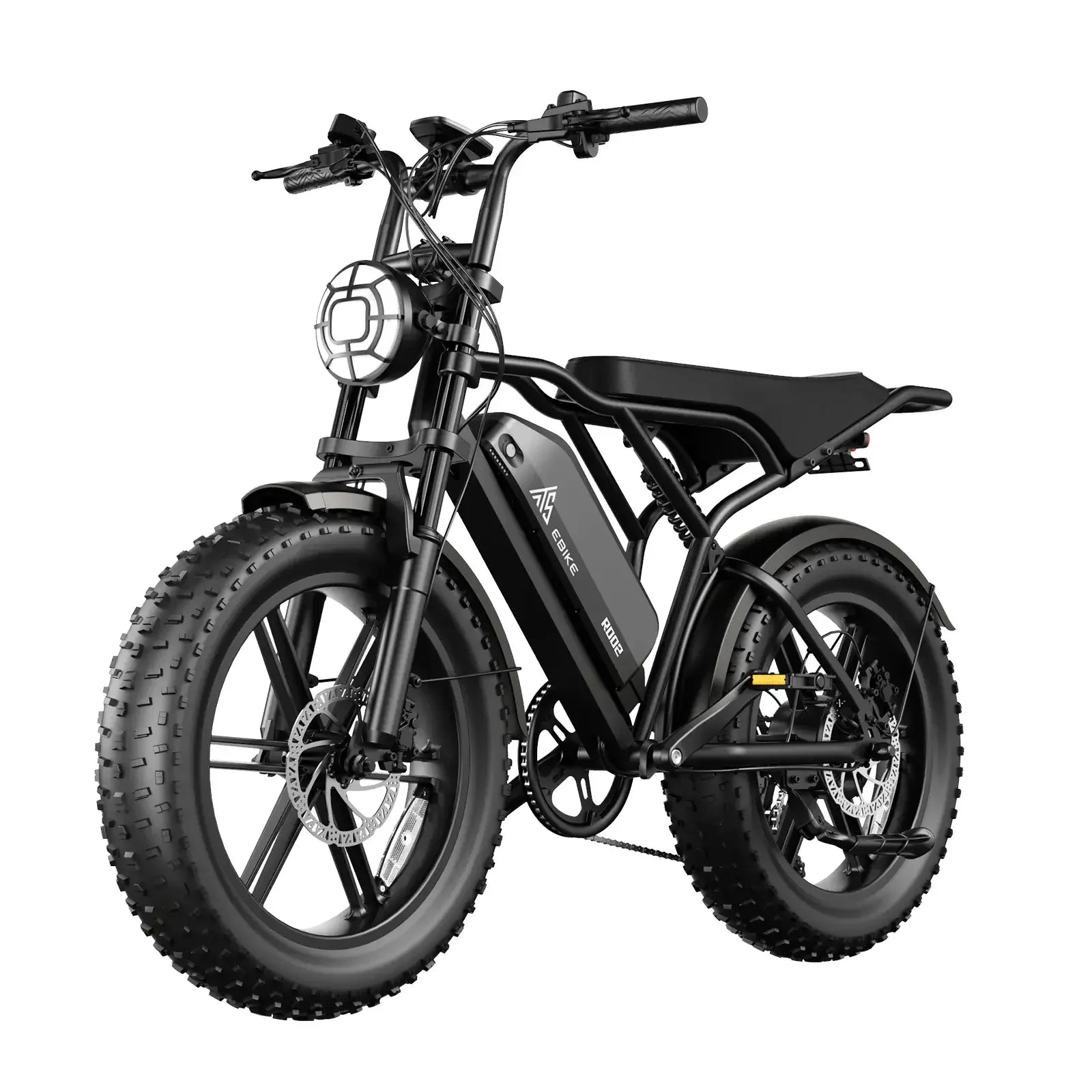
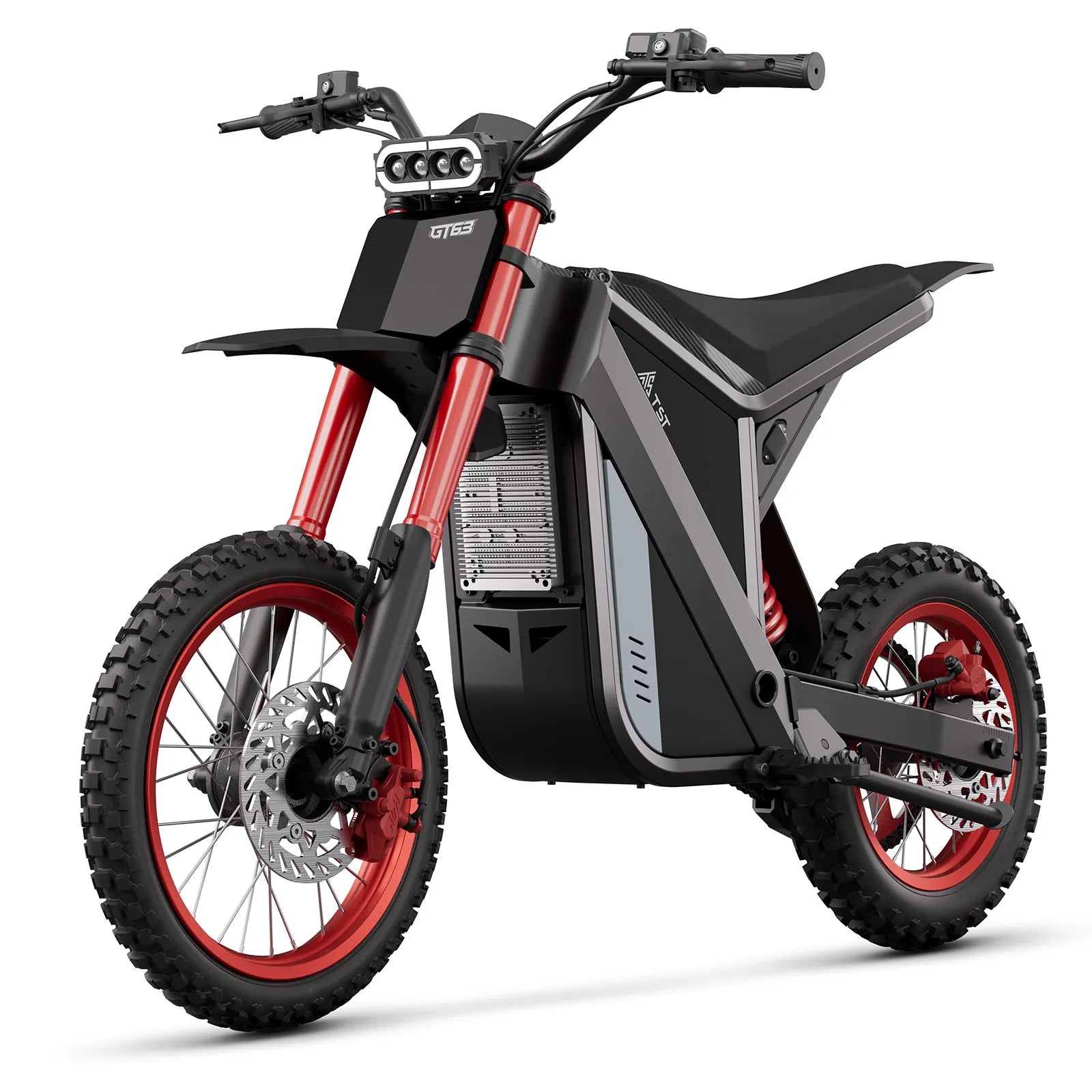
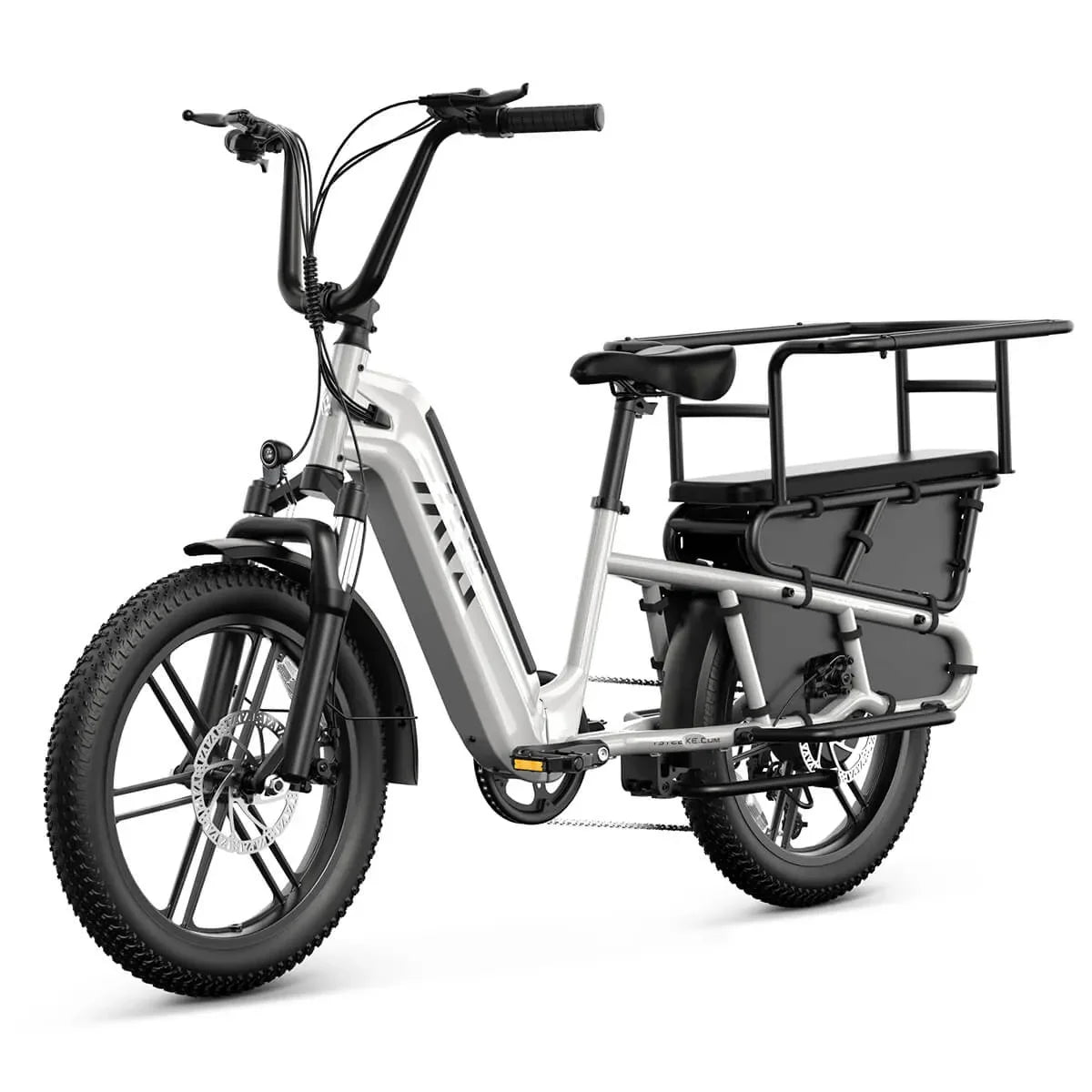
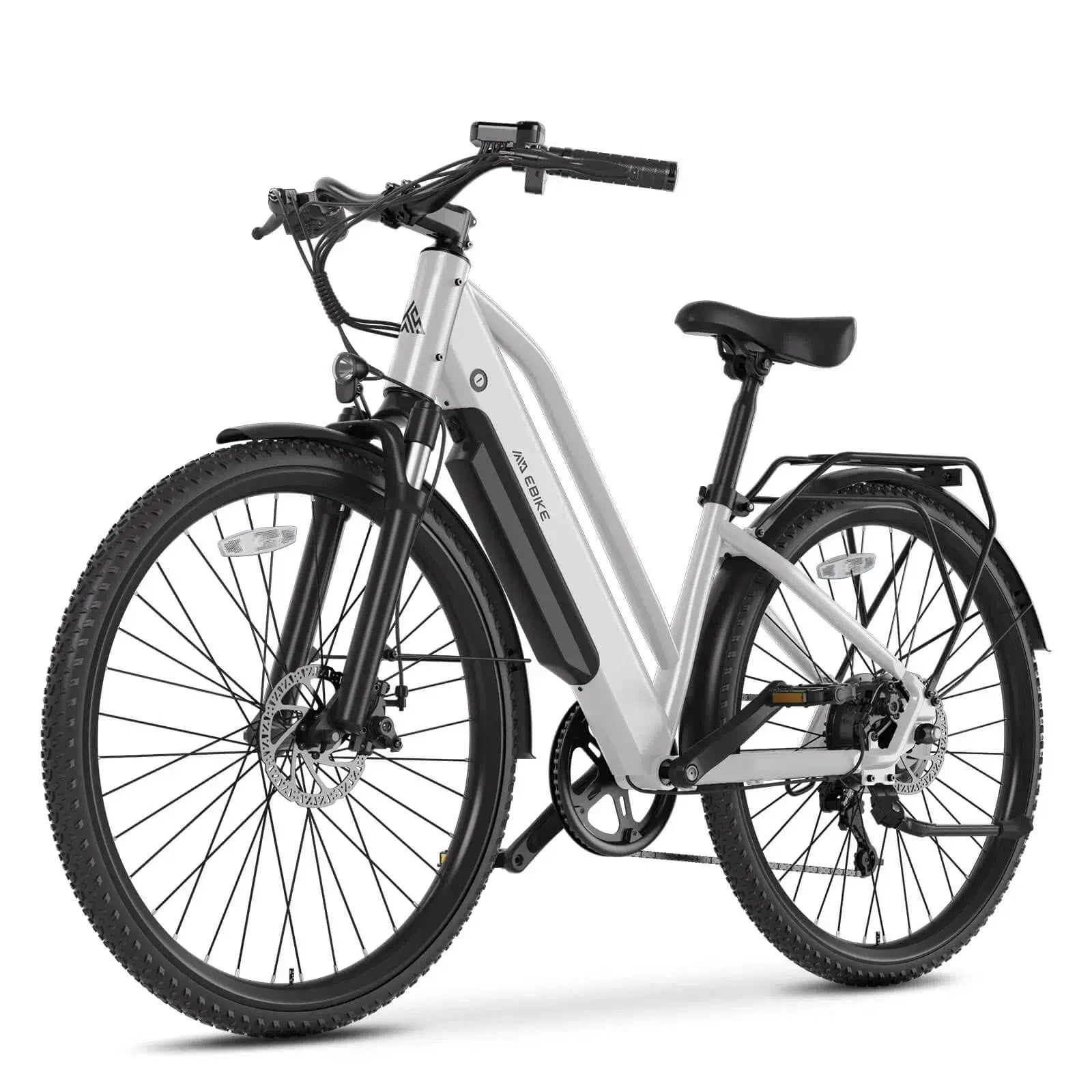
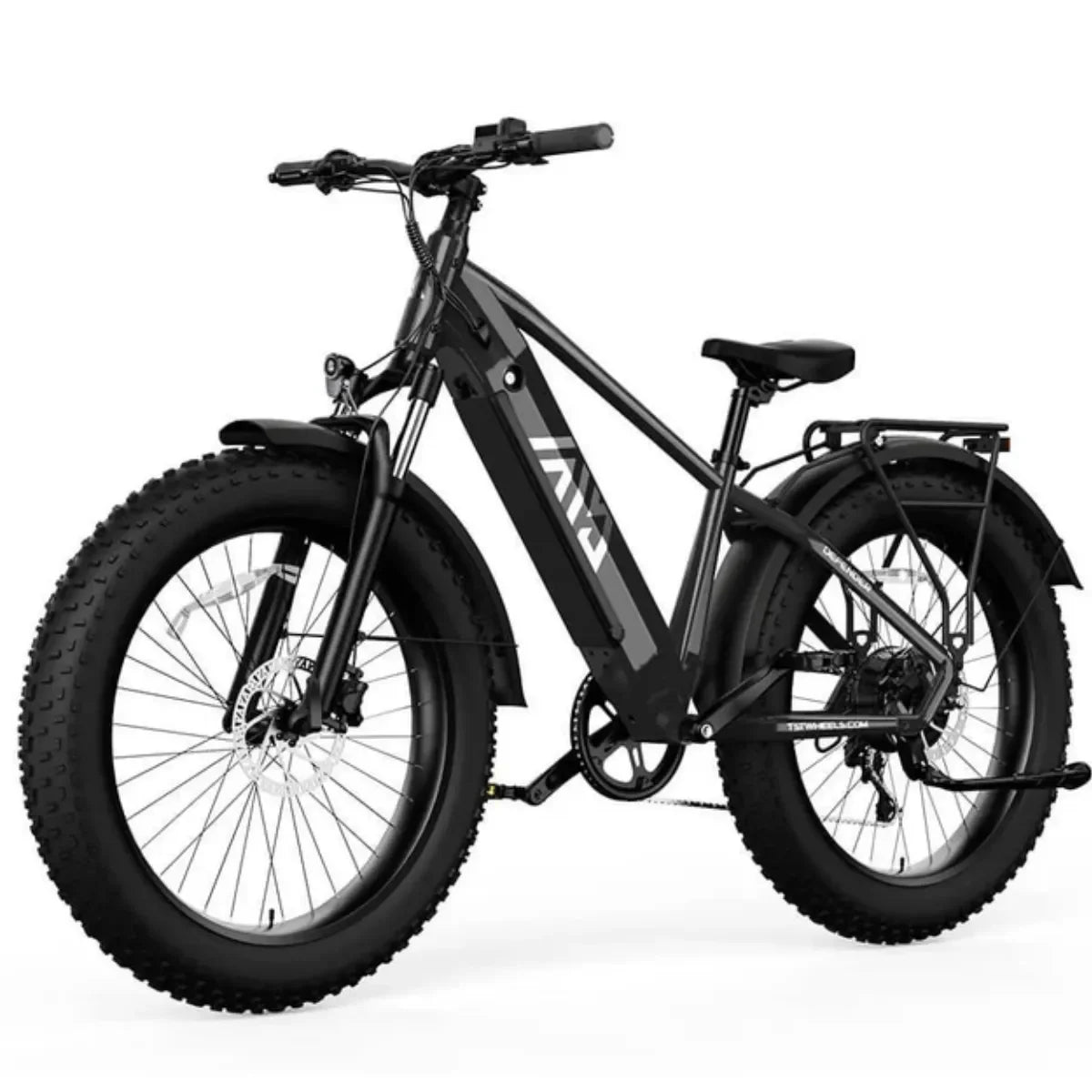
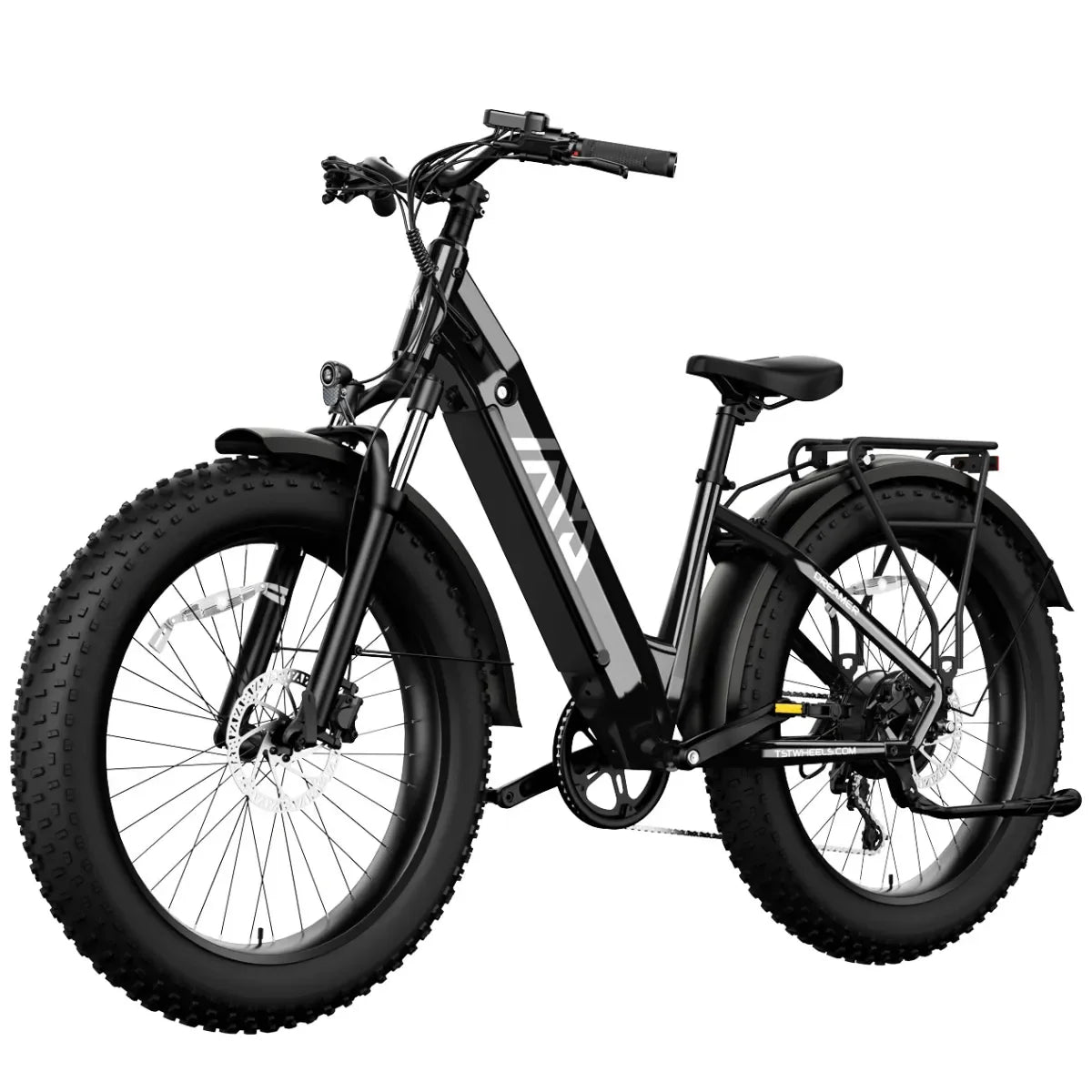
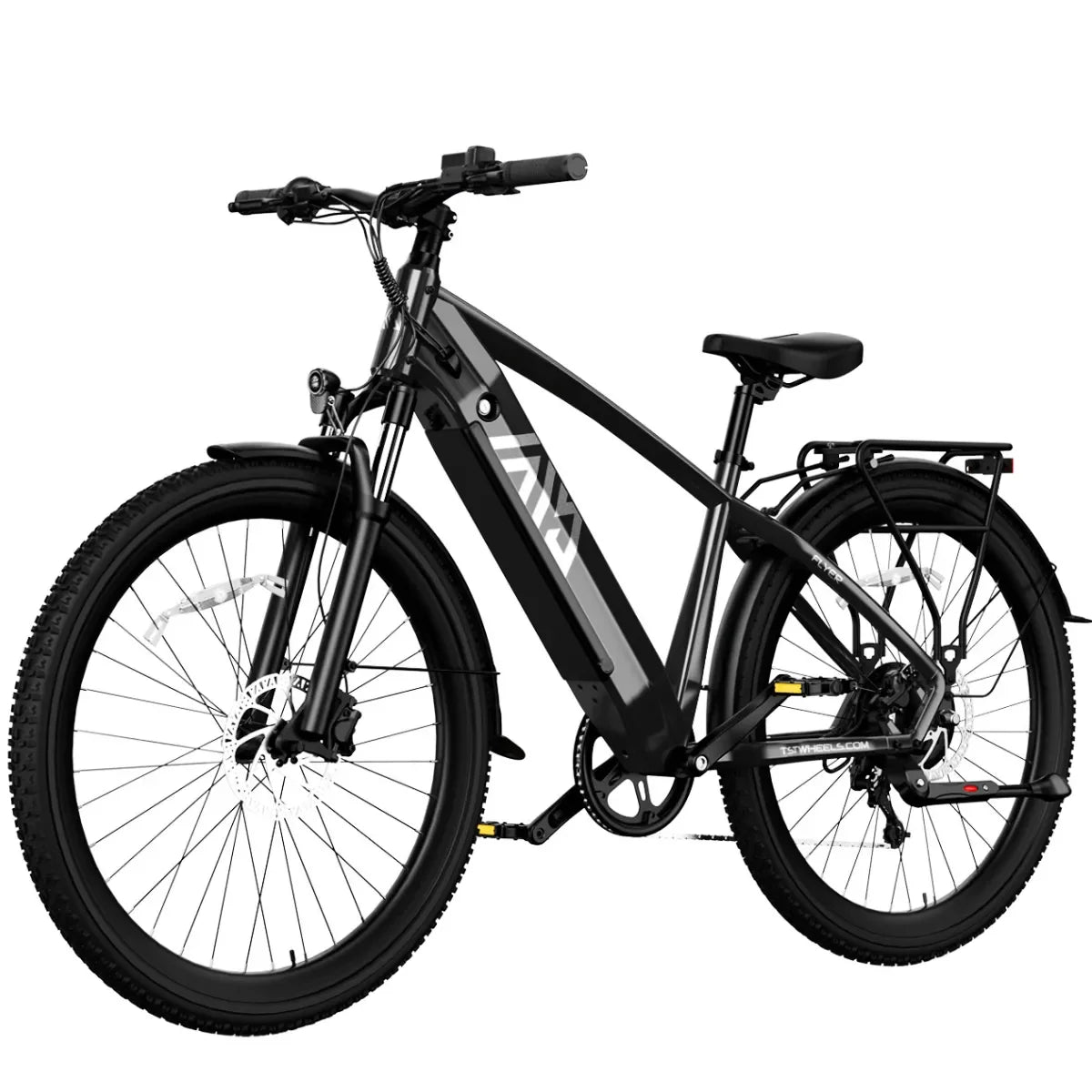
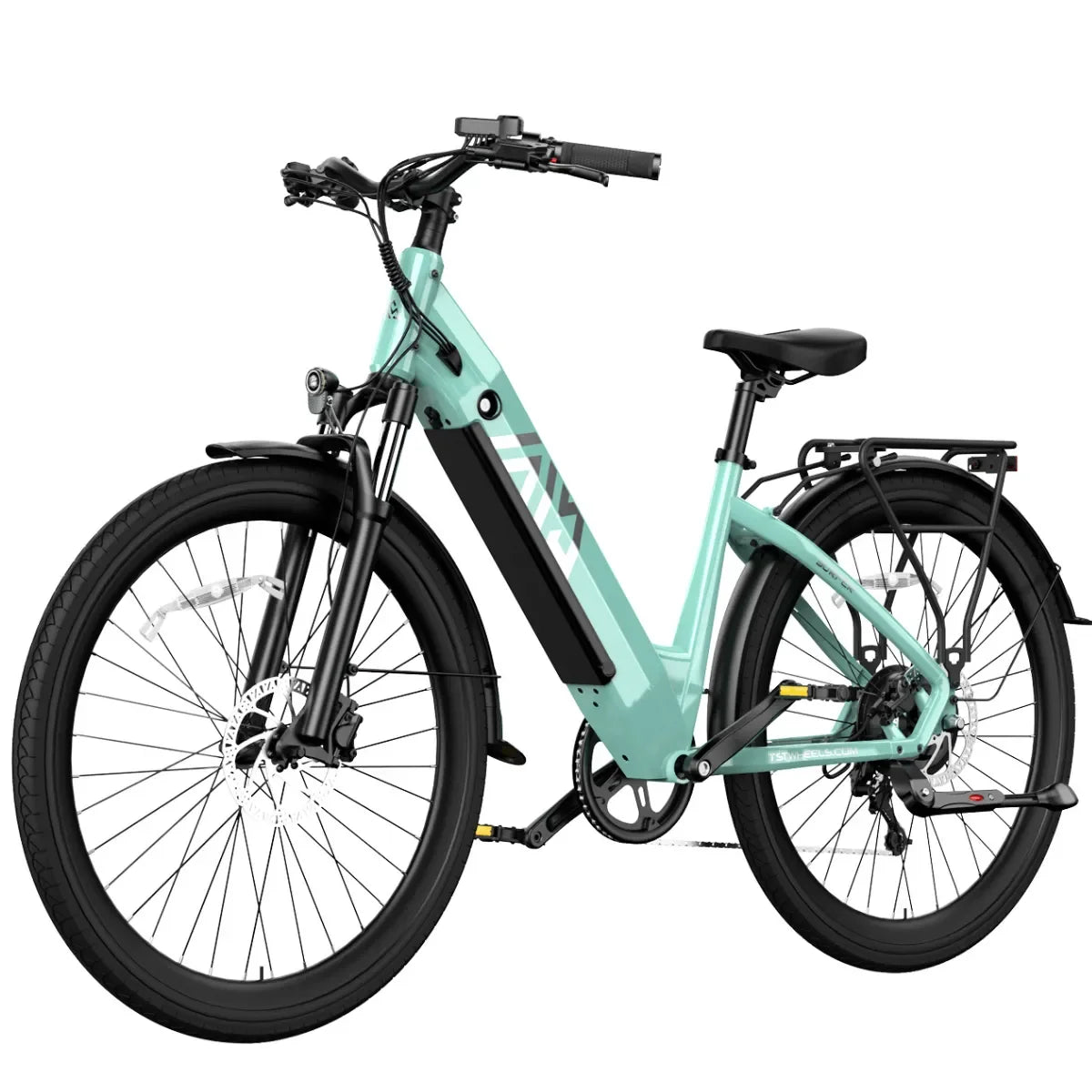
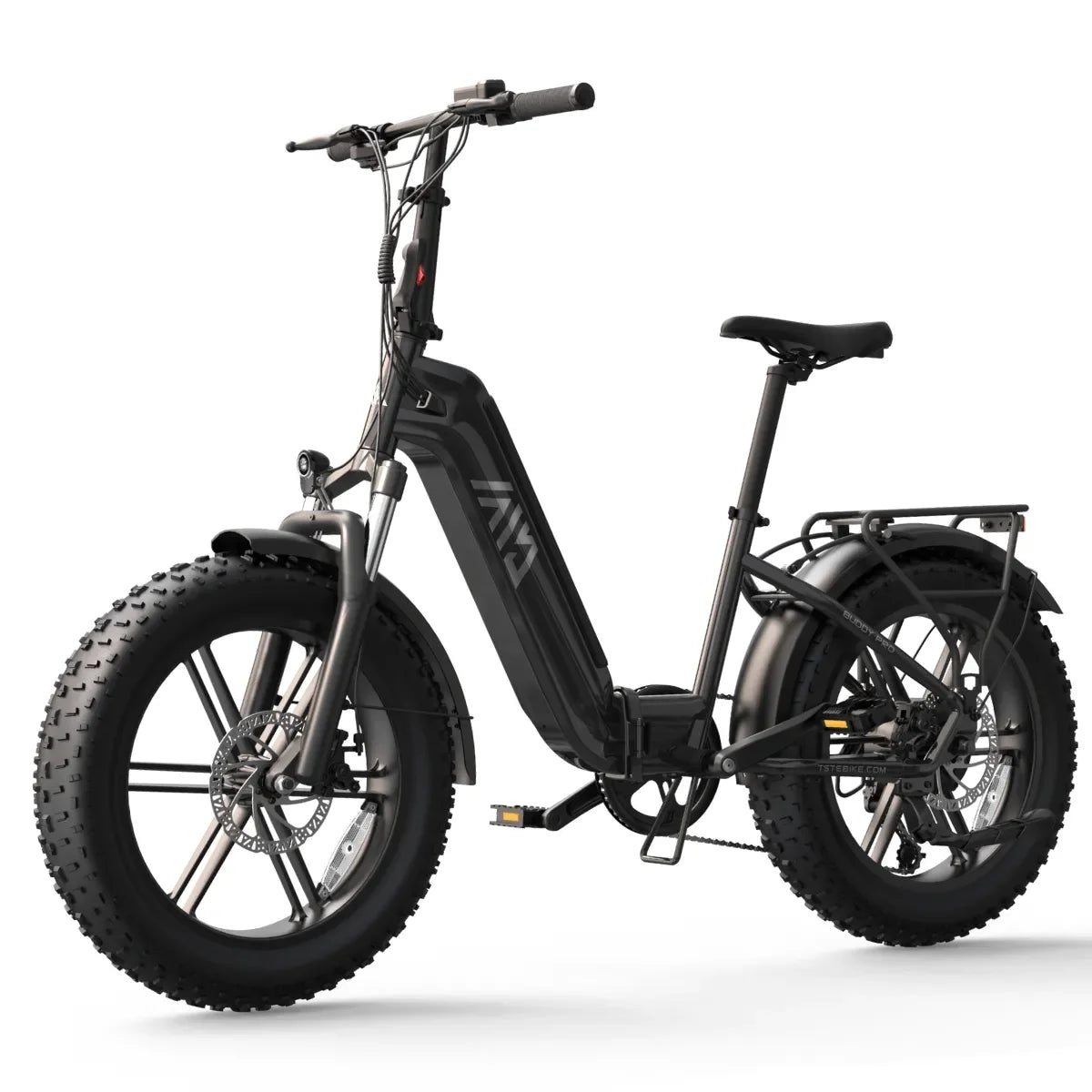
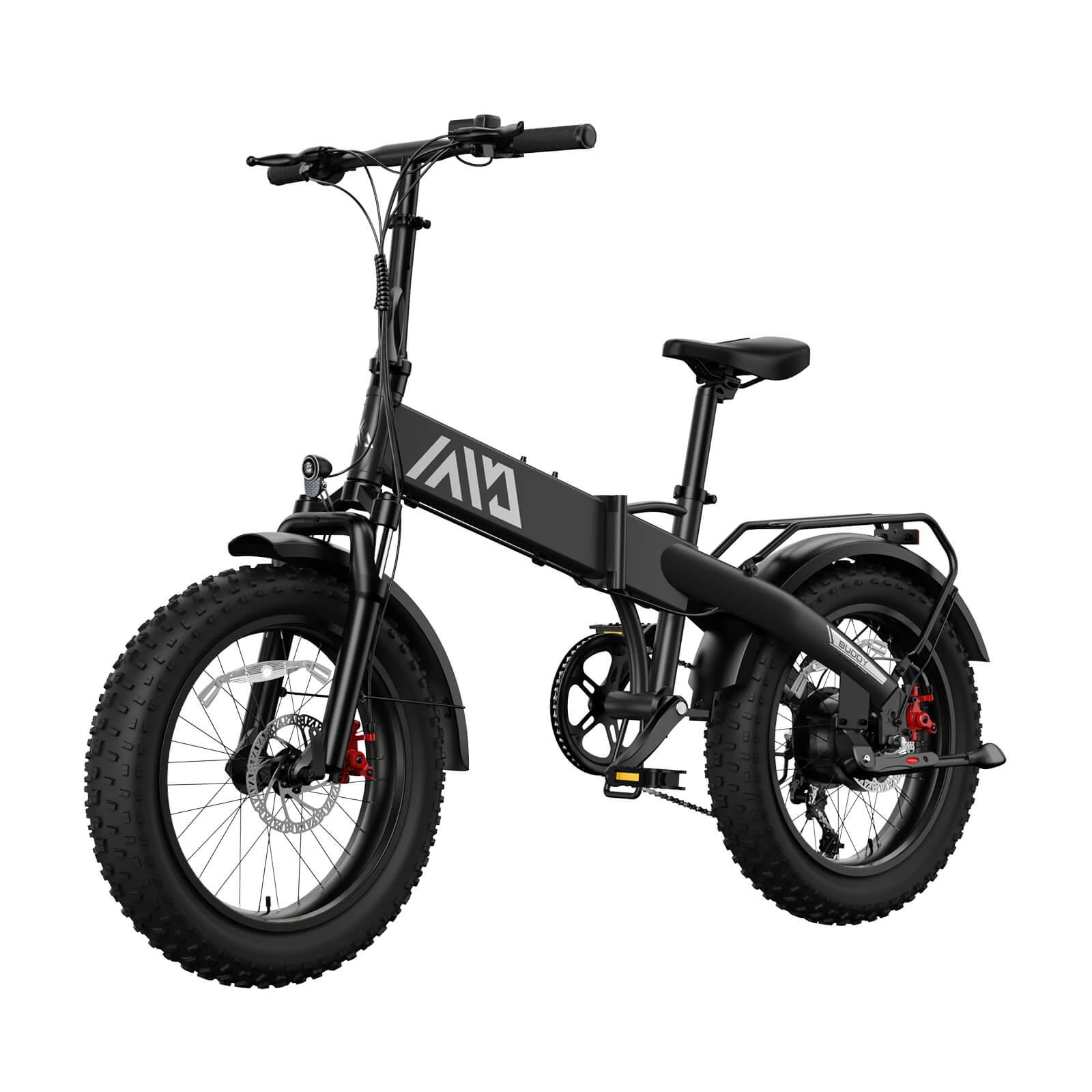
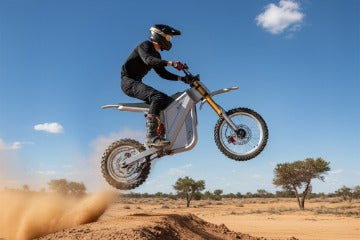
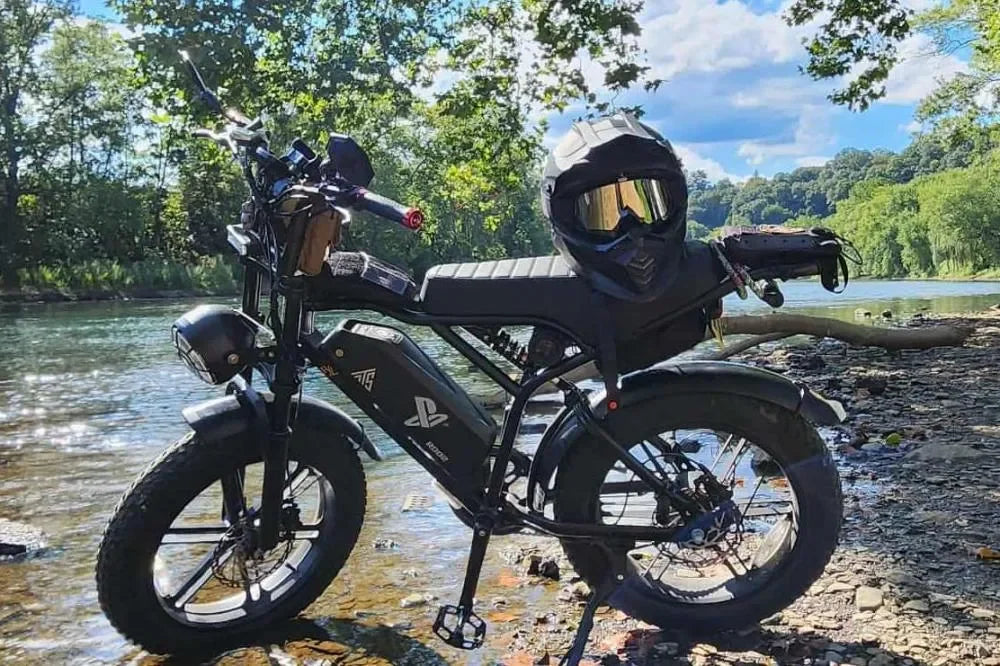
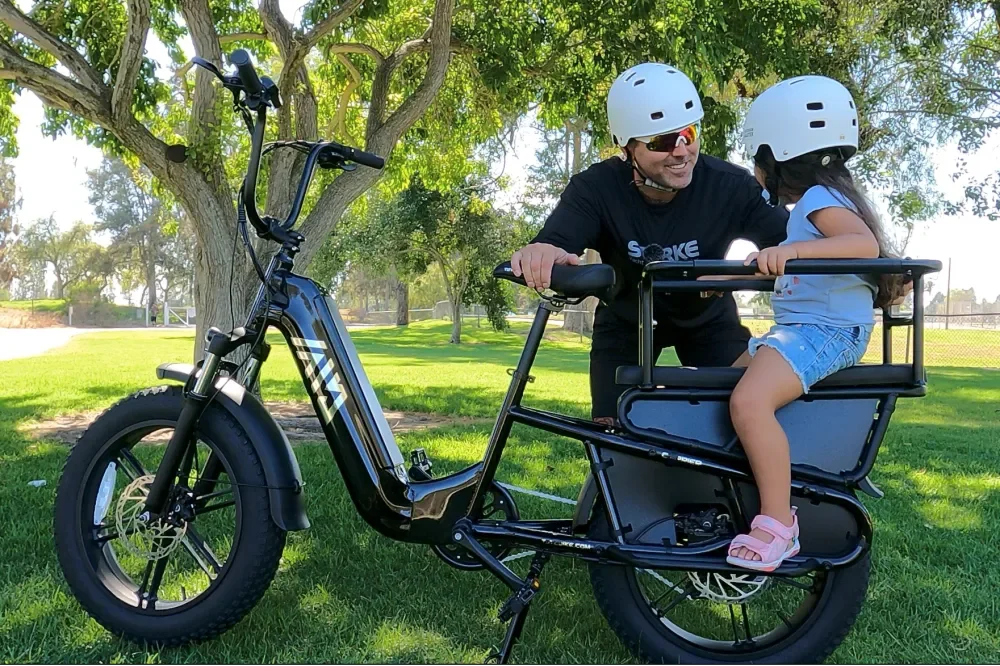
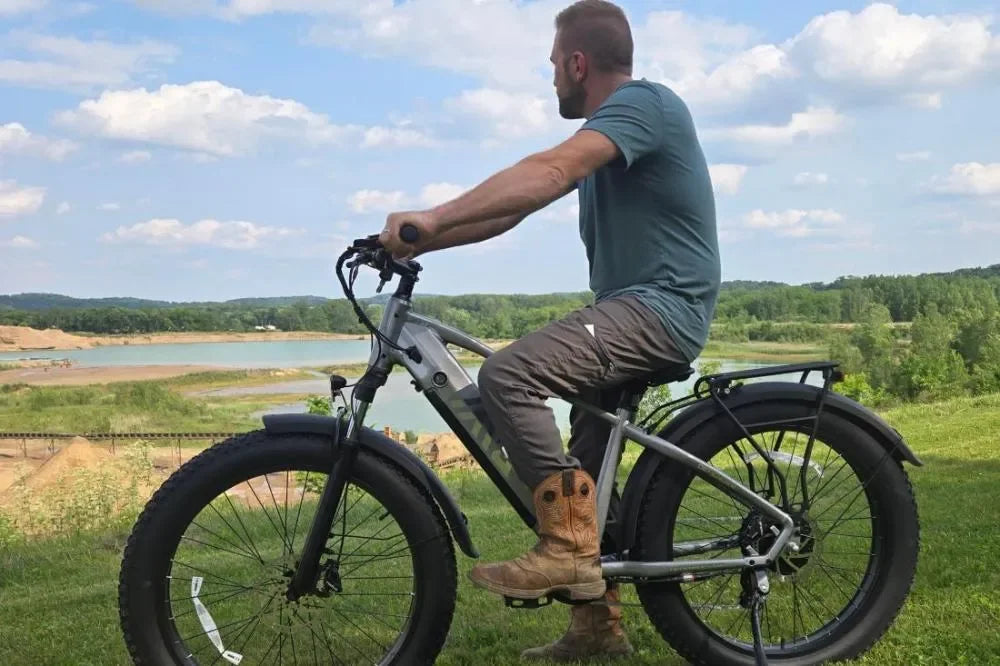
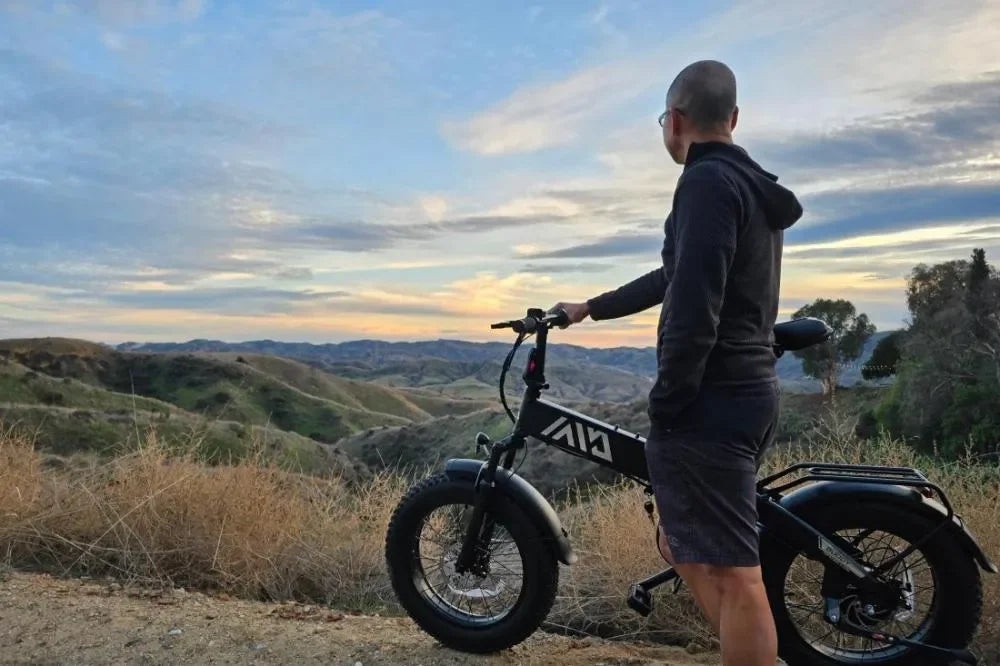
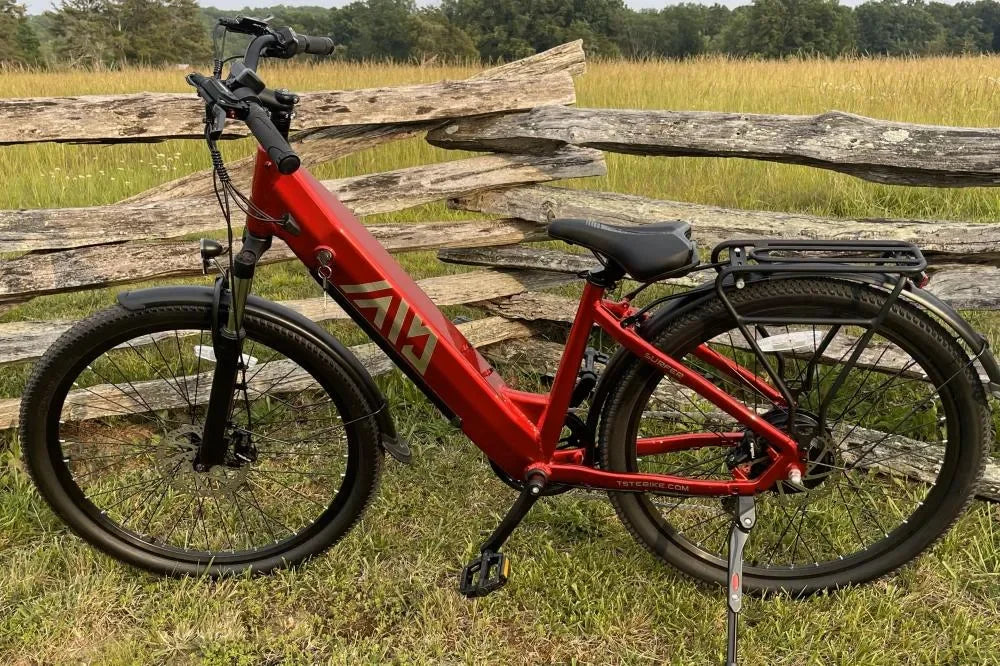
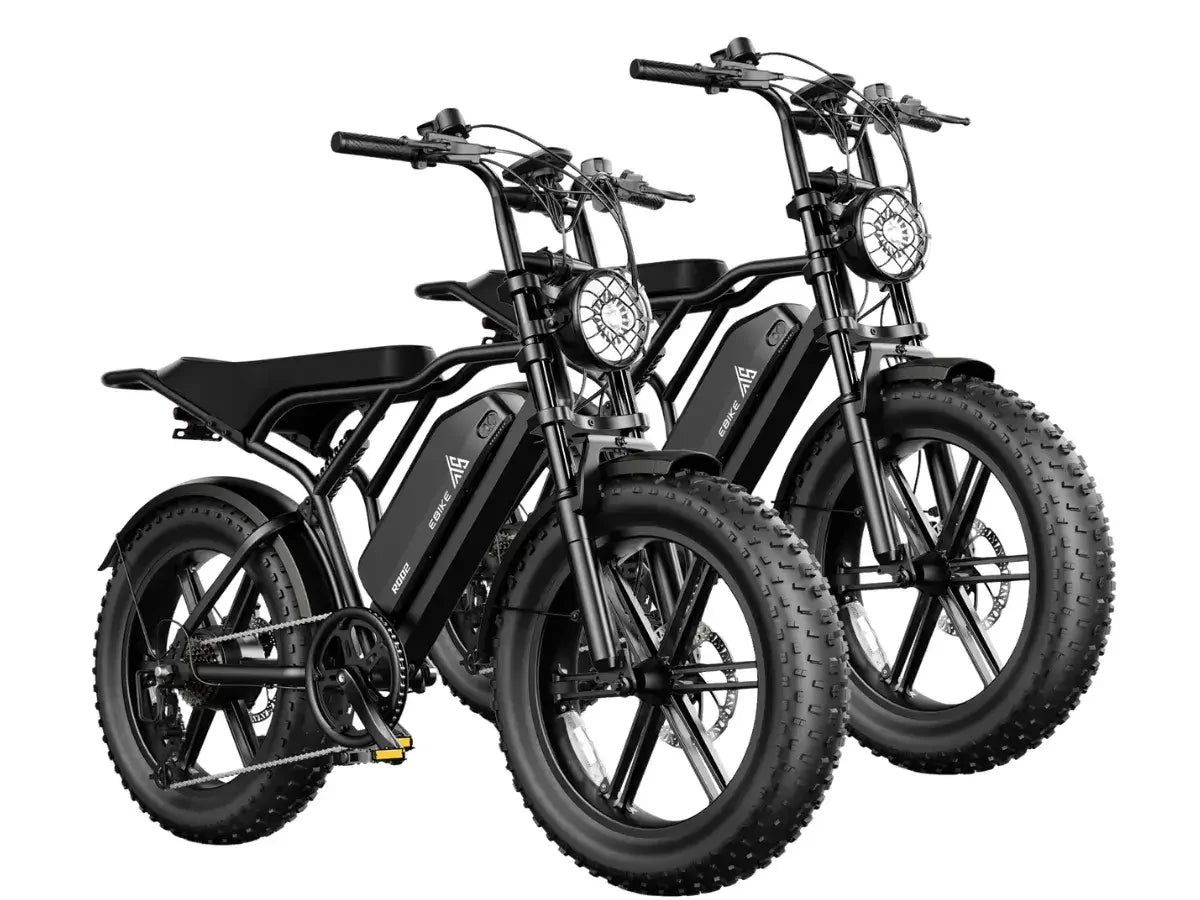
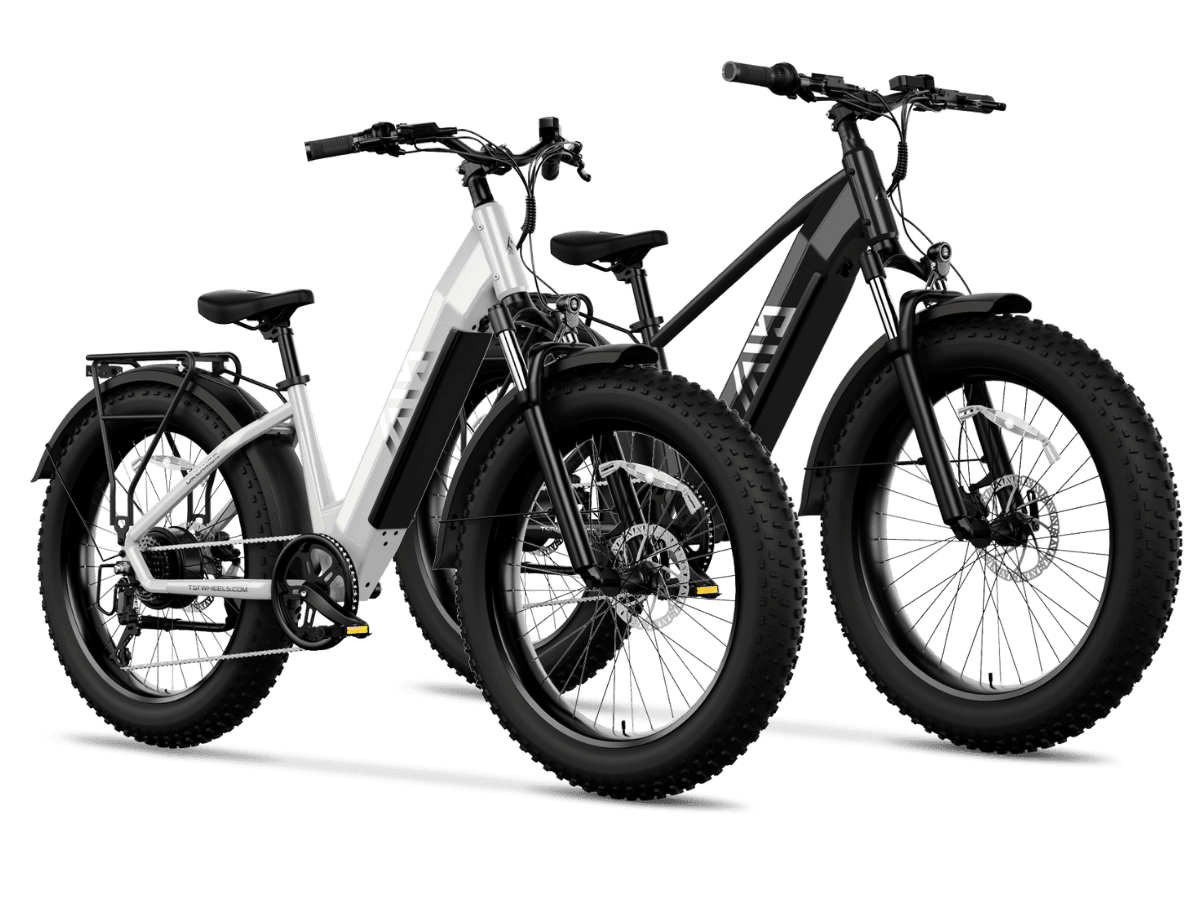
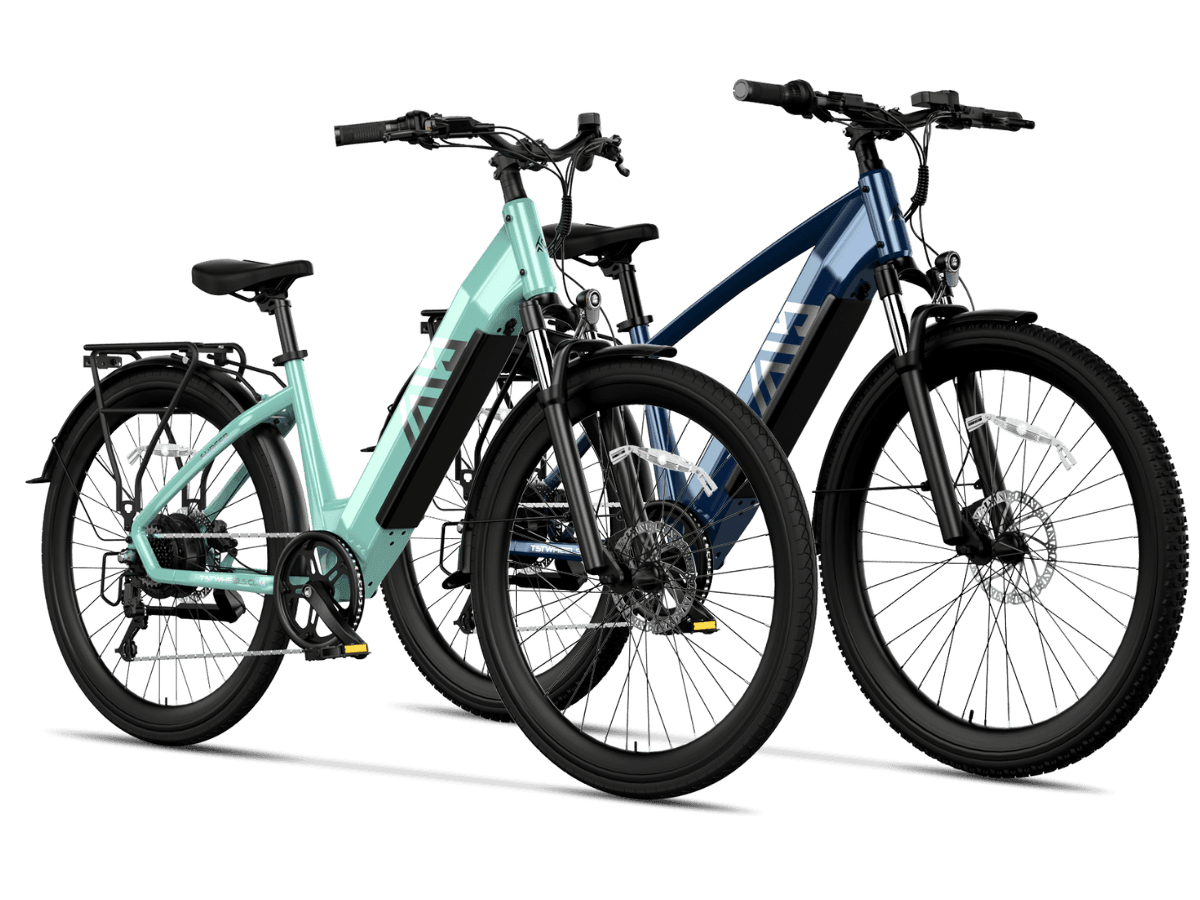
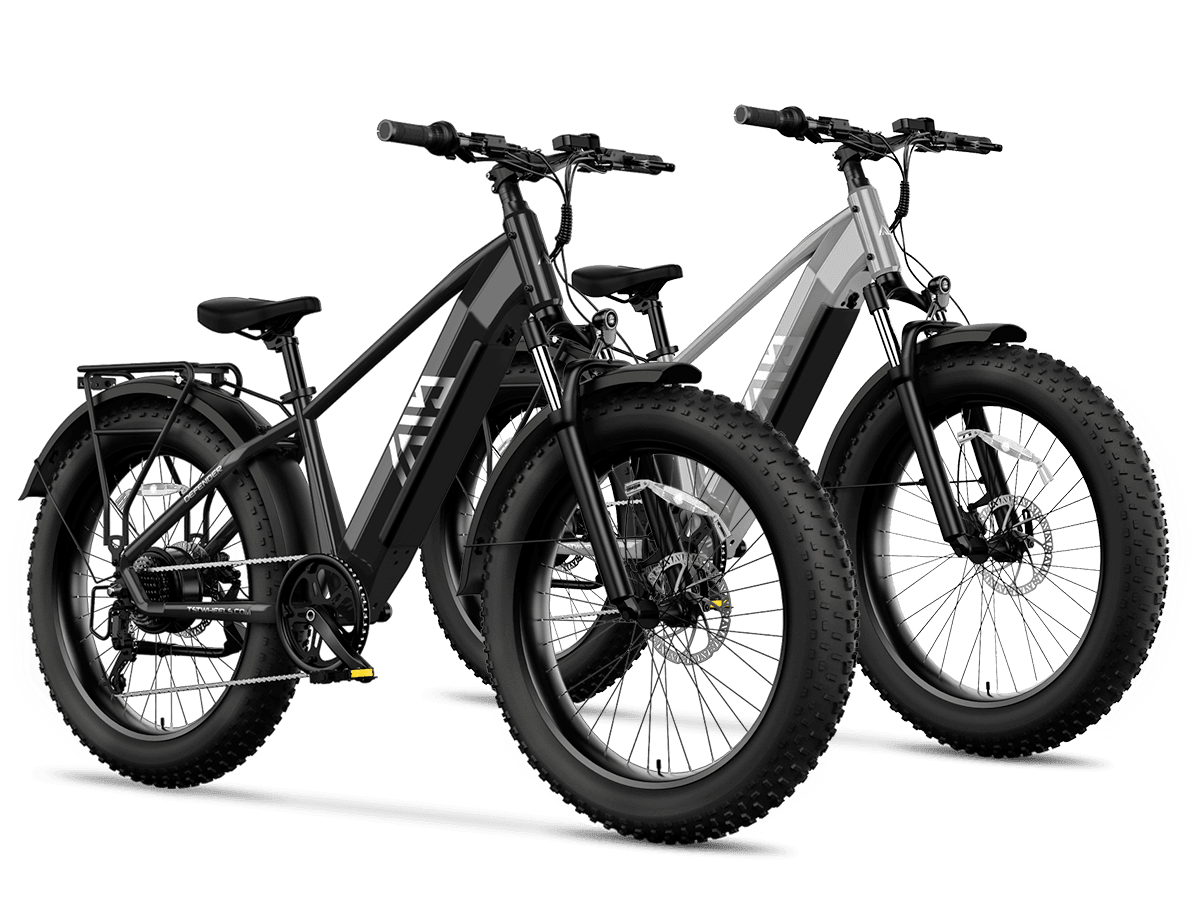
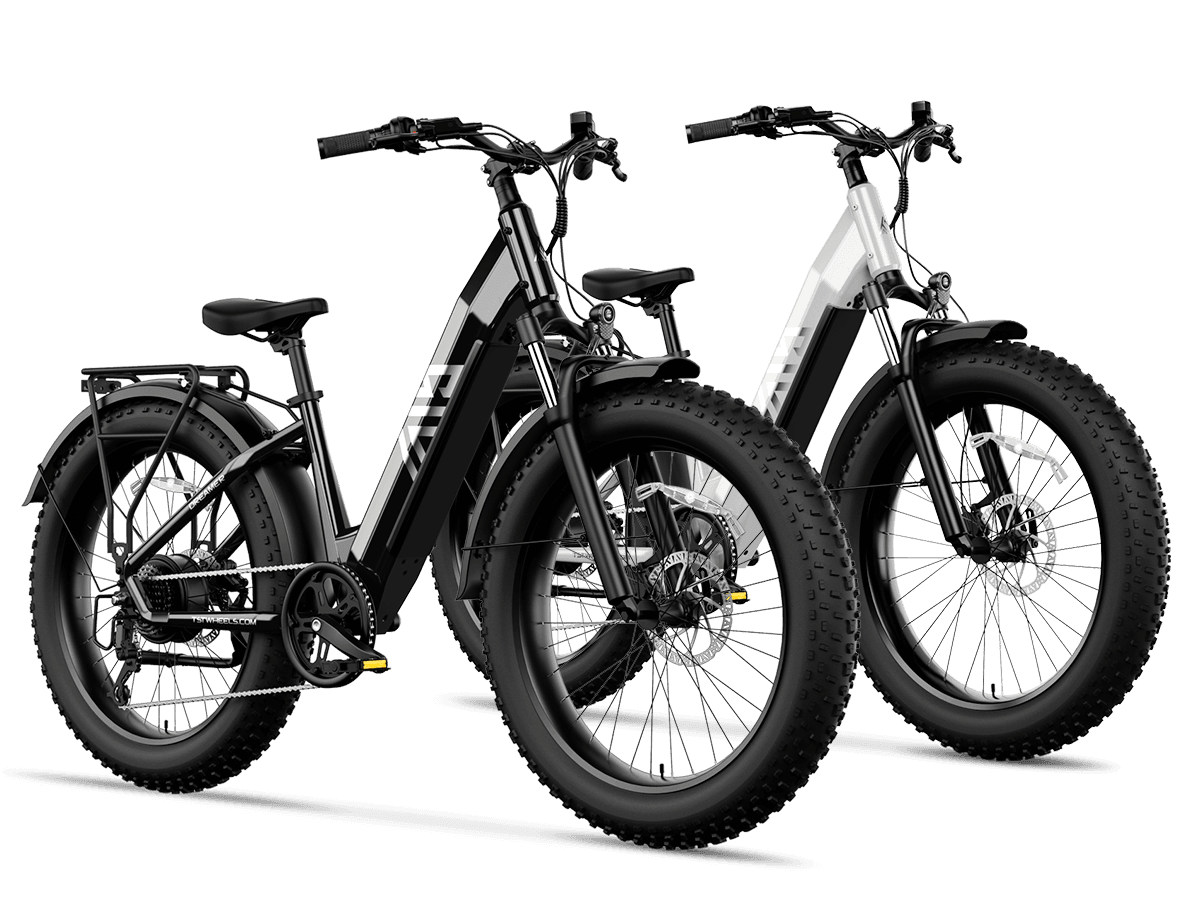
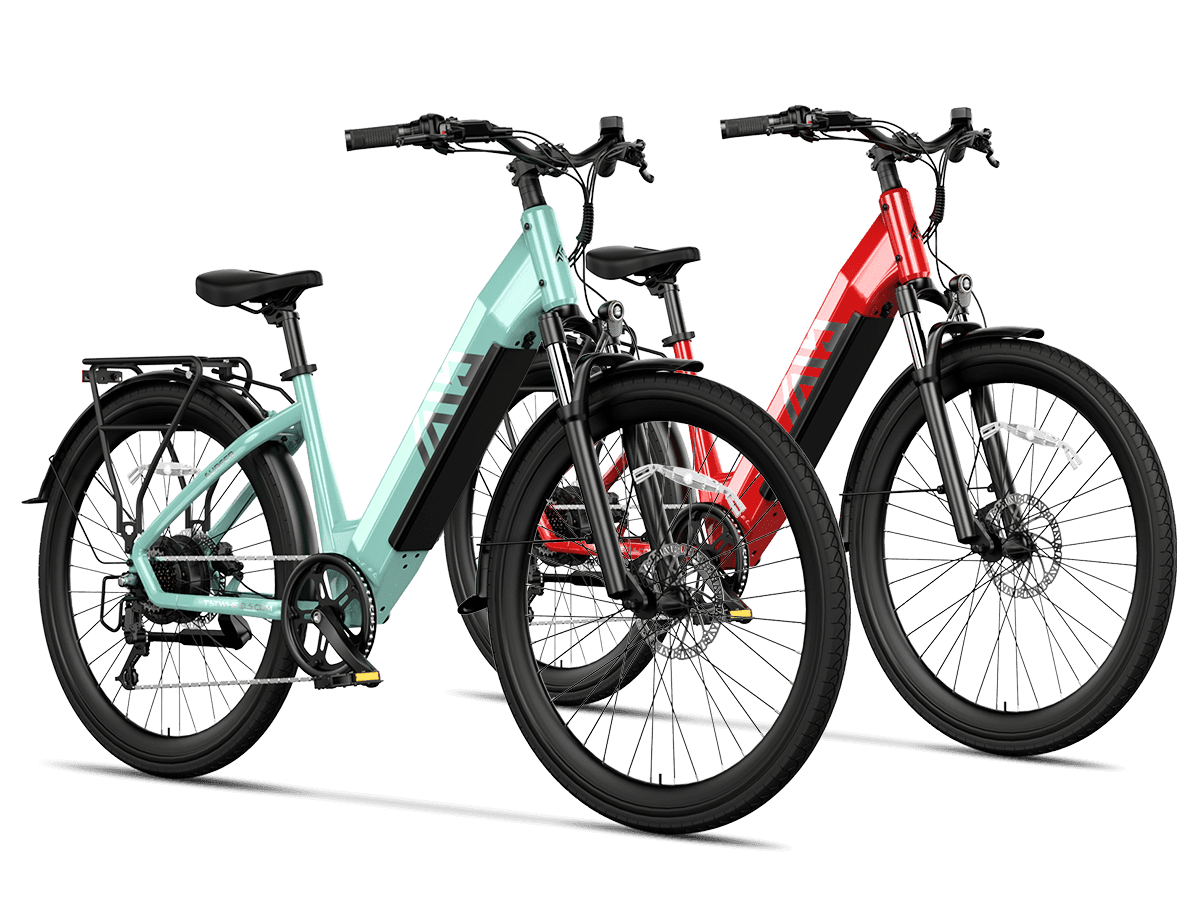
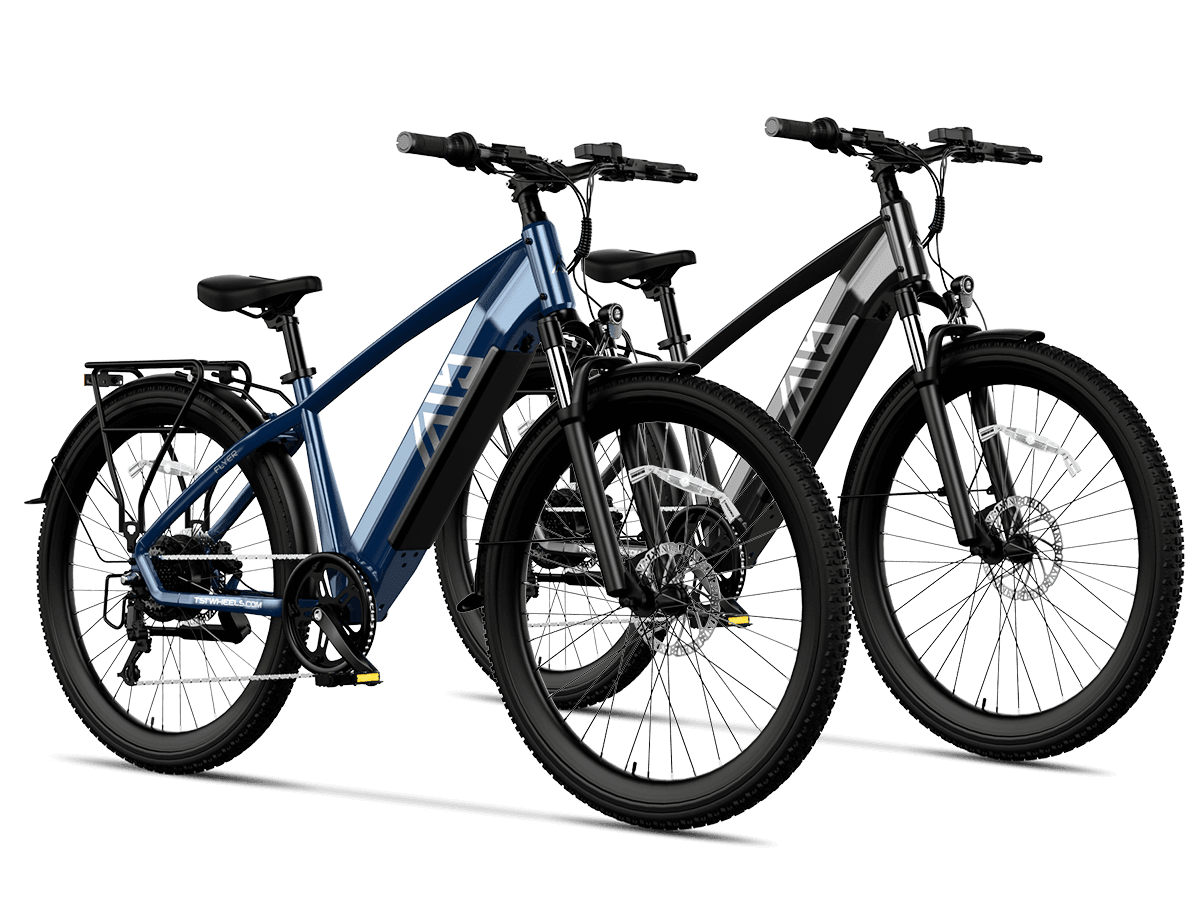
Leave a comment
This site is protected by hCaptcha and the hCaptcha Privacy Policy and Terms of Service apply.